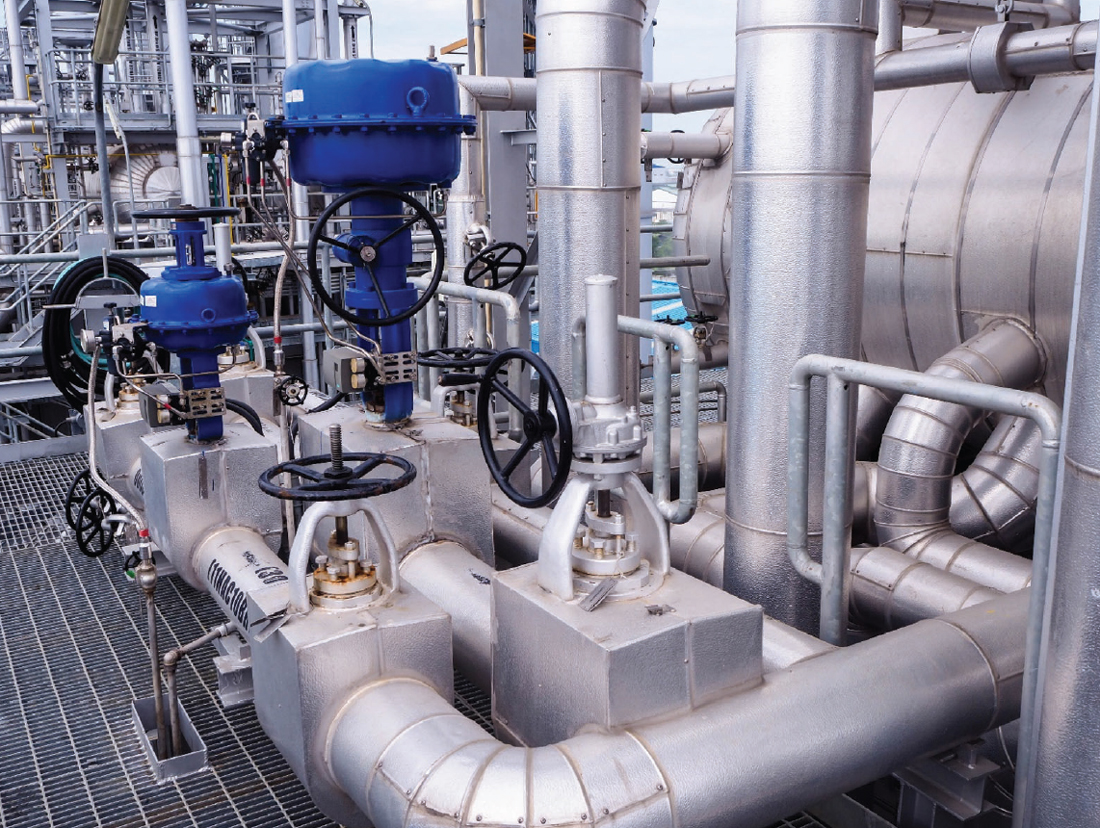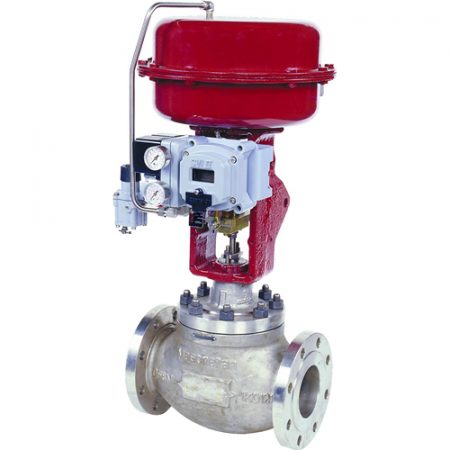The Function of Control Valves in Liquid Circulation Management Systems
The Function of Control Valves in Liquid Circulation Management Systems
Blog Article
Maximize Structure Operations With Costs Automation Controls for Controllers
In the world of contemporary building procedures, the combination of premium automation controls for controllers has actually ended up being a critical aspect in making sure optimal efficiency and performance. The utilization of advanced automation technologies provides a sophisticated technique to handling building systems, leading to improved functional abilities and structured procedures. By using the power of premium automation controls, structures can accomplish unequaled levels of energy performance, system dependability, and cost-effectiveness. This critical implementation not just elevates the general capability of the infrastructure yet also equips drivers with enhanced control and adaptability. The importance of these costs manages in maximizing building operations is indisputable, paving the way for a much more sustainable and effective future in center management.
Enhancing Building Efficiency Through Automation Controls
Improving building efficiency is critical in today's style and design industry, with automation controls playing a pivotal role in achieving optimum efficiency. By incorporating sophisticated automation manages into building systems, designers and designers can develop wise, energy-efficient structures that respond dynamically to transforming ecological conditions. These controls allow for the smooth tracking and administration of various building functions, such as lighting, heating and cooling systems, and security methods, leading to enhanced functional effectiveness and cost financial savings.
Automation controls enable real-time information analysis and adjustments, making certain that buildings run at peak performance levels while decreasing power waste. Through the use of sensing units, actuators, and streamlined control systems, structures can adjust their settings based on tenancy patterns, external climate conditions, and time of day. This level of automation not just enhances the comfort and performance of structure residents yet likewise contributes to sustainability initiatives by reducing overall power usage and carbon emissions.
Maximizing Power Cost Savings With Premium Controls
With the integration of costs automation manages into developing systems, designers and engineers can better enhance power performance, boosting the total operational performance of structures. Additionally, premium controls assist in the coordination of different structure systems, such as Lights, shading, and heating and cooling, to operate in harmony in the direction of minimizing energy wastefulness. In general, the execution of costs automation controls not only minimizes power prices but also adds to an extra lasting and environmentally friendly built atmosphere.

Improving System Performance and Reliability
The combination of costs automation controls into constructing systems boosts operational effectiveness, ensuring ideal efficiency and integrity. By utilizing sophisticated controls, constructing drivers can keep track of and change numerous systems in real-time, leading to improved performance across a/c, lights, security, and other vital structure features. These controls supply anticipating upkeep capabilities, enabling positive identification of prospective problems before they intensify into expensive issues. Furthermore, costs automation controls supply information analytics that use understandings right into system efficiency patterns, enabling continual optimization and fine-tuning of procedures. Making use of high-grade controls additionally boosts system integrity by reducing the risk of equipment image source failures and downtime. With features like remote monitoring and diagnostics, constructing supervisors can address problems immediately, lessening disturbances to constructing procedures. Generally, the consolidation of costs automation manages elevates system efficiency and dependability, ultimately adding to a more sustainable and reliable structure atmosphere.
Lowering Operational Expenses With Automation Technology
The execution of automation technology in structure systems not just enhances performance and integrity however additionally plays a vital role in driving down functional costs. control valves. By leveraging sophisticated automation controls, building operators can maximize power usage, reduce waste, and enhance maintenance processes. Automation technology allows specific surveillance and control of numerous building systems such as Protection, cooling and heating, and lighting, resulting in much more effective procedures. Via the assimilation of sensing units and information analytics, automation systems can determine ineffectiveness and immediately change settings to ensure optimal performance while reducing energy usage. In addition, automation technology aids in predictive upkeep by identifying prospective concerns early, protecting against costly repairs and downtime. By streamlining control and automating routine jobs, functional expenses can be considerably decreased, maximizing resources for various other necessary structure upgrades or investments. On the whole, the tactical execution of automation innovation not just enhances operational performance but also adds to long-lasting price savings for building proprietors and supervisors.
Enhancing Control and Versatility for Workflow

In addition, these systems allow seamless assimilation with other structure monitoring innovations, such as power tracking systems and protection procedures, developing a detailed ecosystem that enhances operations and improves total efficiency (control valves). The capability to from another location access and change setups further improves control and adaptability, allowing for quick feedbacks to changing operational requirements. Inevitably, spending in premium check my source automation controls not only enhances the day-to-day procedures of a building but likewise brings about long-term cost financial savings and sustainability advantages
Conclusion
These controls boost performance, maximize power financial savings, enhance system performance and reliability, lower functional costs, and boost control and adaptability for operations. It is vital for organizations to spend in premium automation controls to attain much better building efficiency and operational outcomes.
By using the power of costs automation controls, structures can accomplish exceptional levels of power efficiency, system integrity, and cost-effectiveness. Generally, the incorporation of costs automation controls boosts system performance and integrity, eventually adding to a much more efficient and sustainable structure environment.
Automation modern technology enables specific monitoring and control of numerous building systems such as Lights, safety and security, and a/c, leading to more effective procedures. These controls boost performance, make best use of power savings, improve system performance and dependability, lower functional costs, and enhance control and flexibility for operations. It is necessary for companies to spend in costs automation regulates to attain far better structure efficiency and functional end results.
Report this page